Increased Energy Demand
The Airborne Wind Turbine Market is responding to a rising demand for renewable energy sources. As populations grow and economies expand, the need for sustainable energy solutions becomes more pressing. Projections suggest that global energy consumption will increase by approximately 30% by 2040. This surge in demand creates a favorable environment for airborne wind turbines, which can provide a scalable and efficient means of generating electricity. The ability to harness wind energy at higher altitudes allows for greater energy capture, positioning airborne wind turbines as a key player in meeting future energy needs.
Environmental Regulations
The Airborne Wind Turbine Market is benefiting from stringent environmental regulations aimed at reducing carbon emissions. Governments worldwide are implementing policies that promote the use of renewable energy sources, including wind energy. These regulations often include incentives for companies that invest in clean energy technologies. As a result, the market for airborne wind turbines is likely to expand, as businesses seek to comply with environmental standards while also capitalizing on the economic benefits of renewable energy. The alignment of regulatory frameworks with market needs is expected to drive growth in this sector.
Technological Innovations
Technological advancements are propelling the Airborne Wind Turbine Market forward. Innovations in materials, design, and control systems are enhancing the efficiency and reliability of airborne wind turbines. For instance, the development of lightweight materials allows for larger and more efficient turbine designs, which can capture more energy from high-altitude winds. Furthermore, advancements in drone technology and autonomous systems are enabling more effective deployment and maintenance of these turbines. As technology continues to evolve, it is likely that the market will see increased adoption and improved performance of airborne wind turbines.
Cost-Effectiveness of Airborne Wind Turbines
The Airborne Wind Turbine Market is witnessing a shift towards cost-effective energy solutions. As traditional energy sources become increasingly expensive, airborne wind turbines present a viable alternative. These systems, which utilize high-altitude winds, can potentially reduce the cost of energy production significantly. Recent studies indicate that airborne wind turbines can generate electricity at a lower cost per megawatt-hour compared to conventional wind farms. This cost advantage is likely to attract investments and drive market growth, as companies seek to capitalize on the economic benefits of harnessing high-altitude wind energy.
Public Awareness and Support for Renewable Energy
The Airborne Wind Turbine Market is experiencing a surge in public awareness regarding the importance of renewable energy. As climate change becomes a more pressing issue, individuals and communities are increasingly advocating for sustainable energy solutions. This growing support for renewable energy initiatives is likely to influence policy decisions and encourage investment in airborne wind turbine technologies. Surveys indicate that a significant portion of the population favors the transition to renewable energy sources, which could lead to increased funding and resources allocated to the development of airborne wind turbines, further propelling market growth.


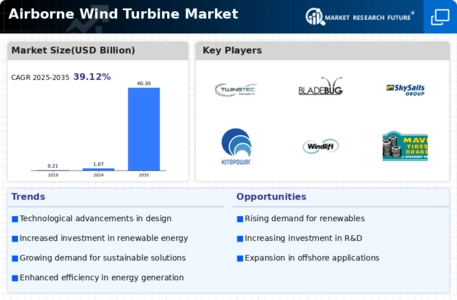
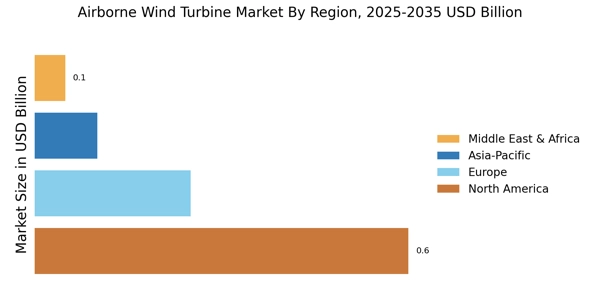
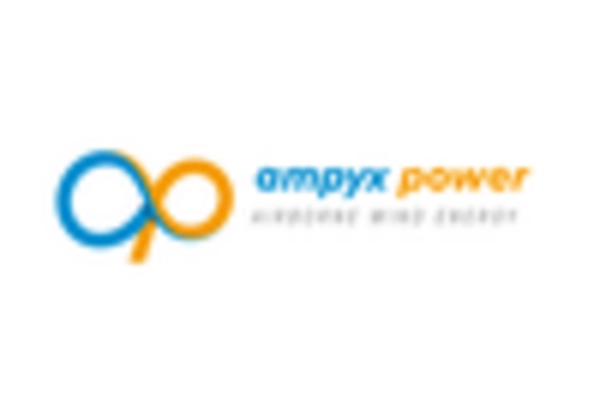
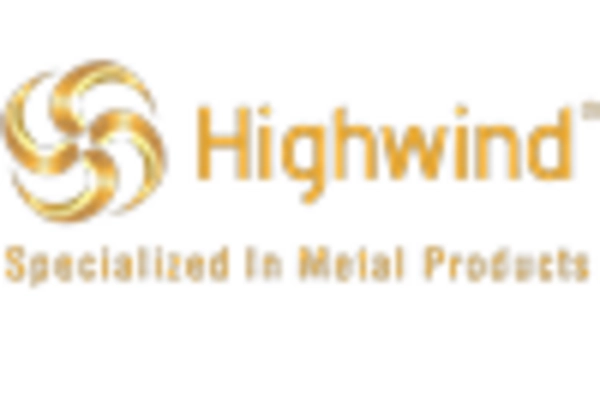
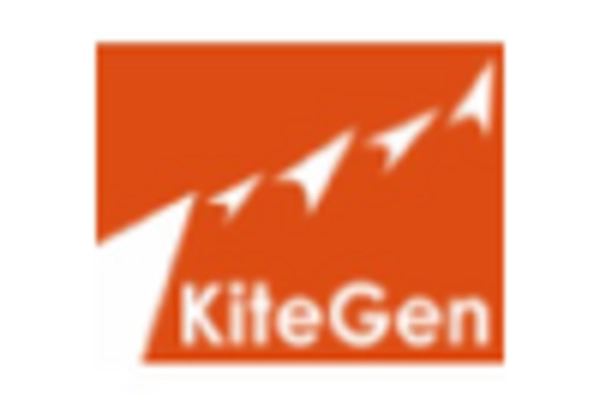
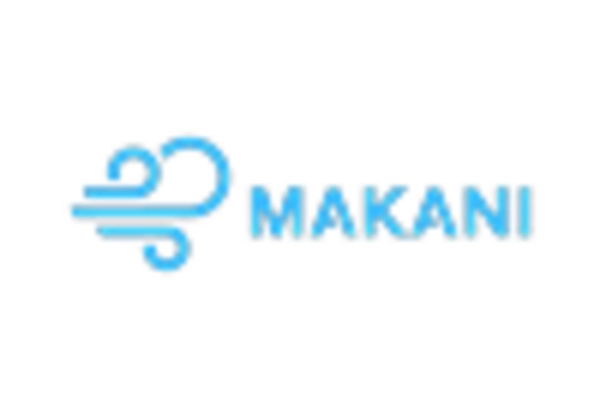
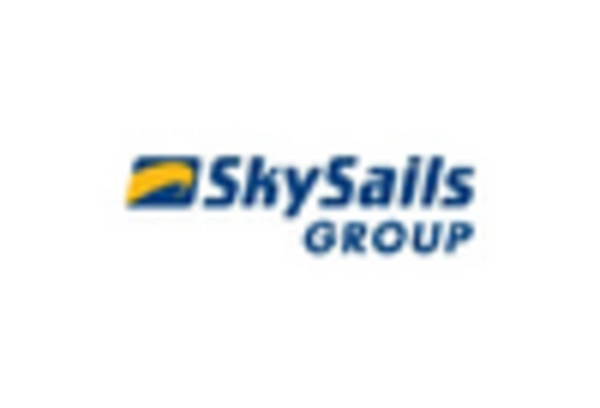
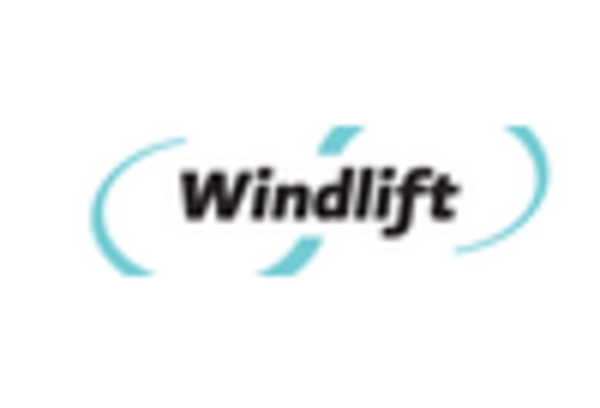








Leave a Comment